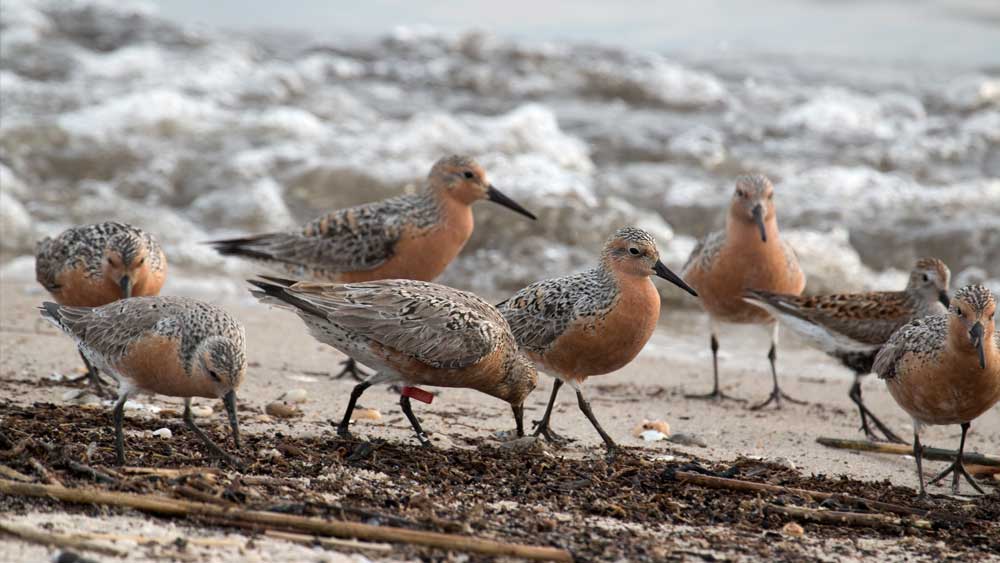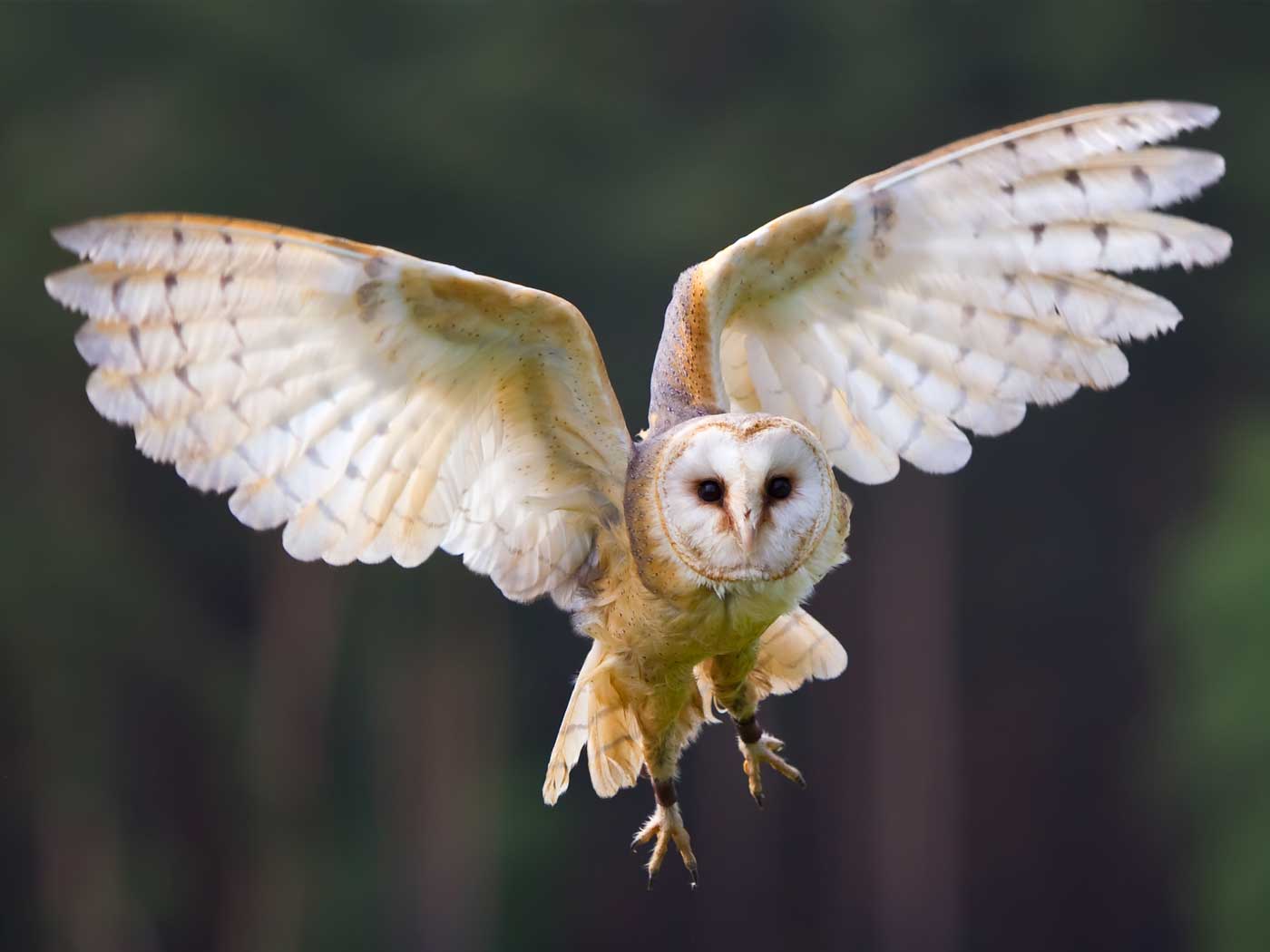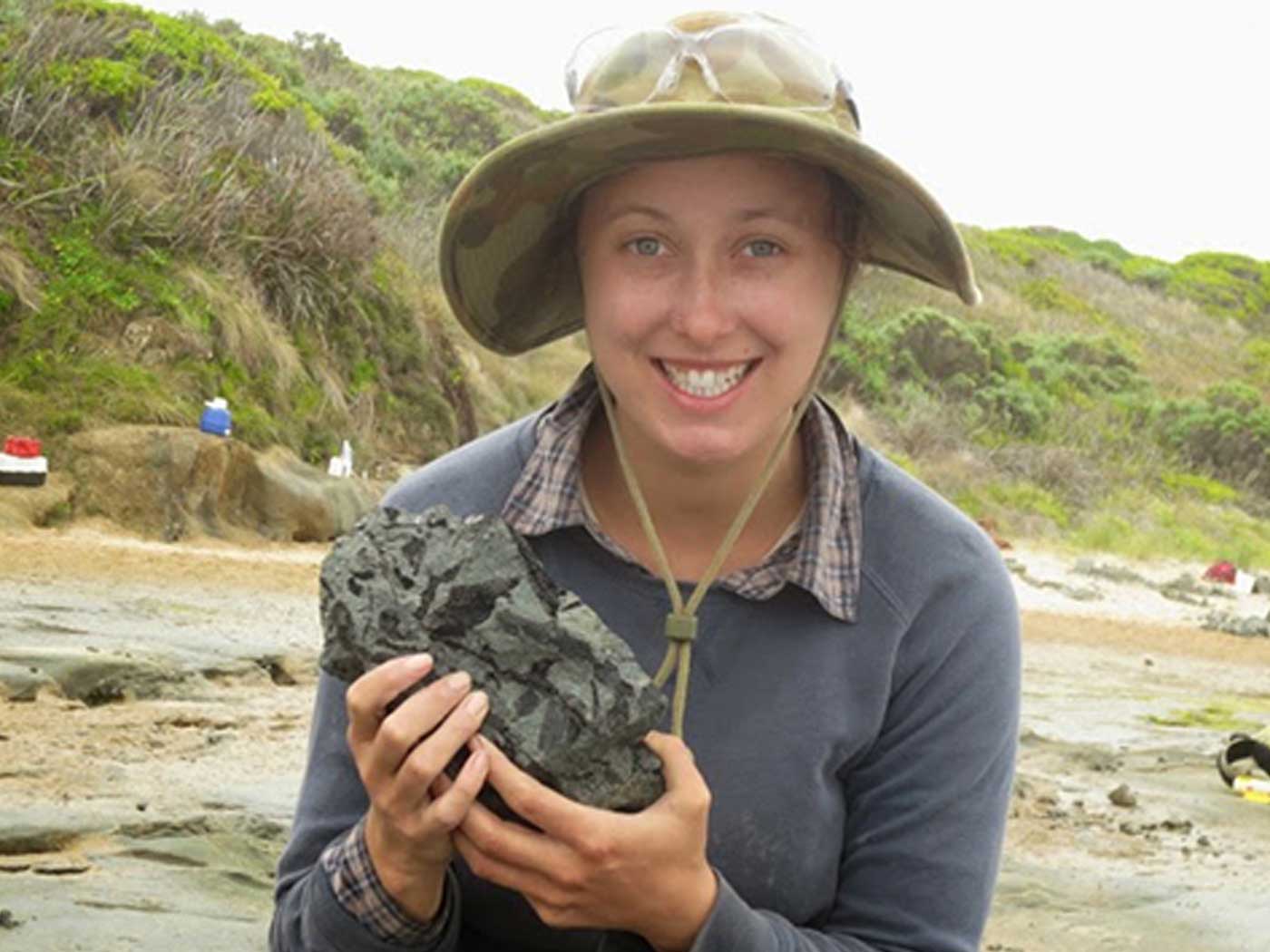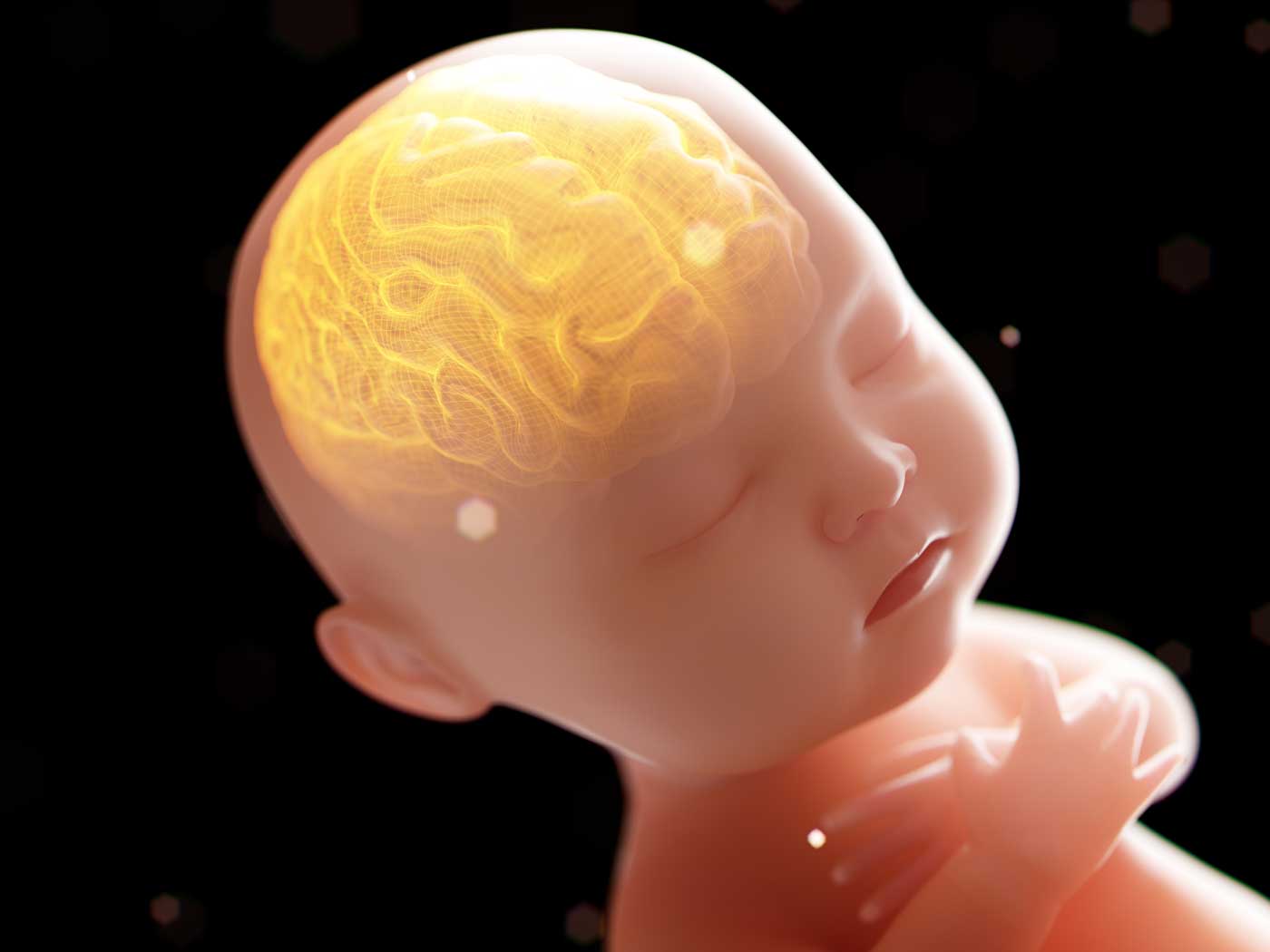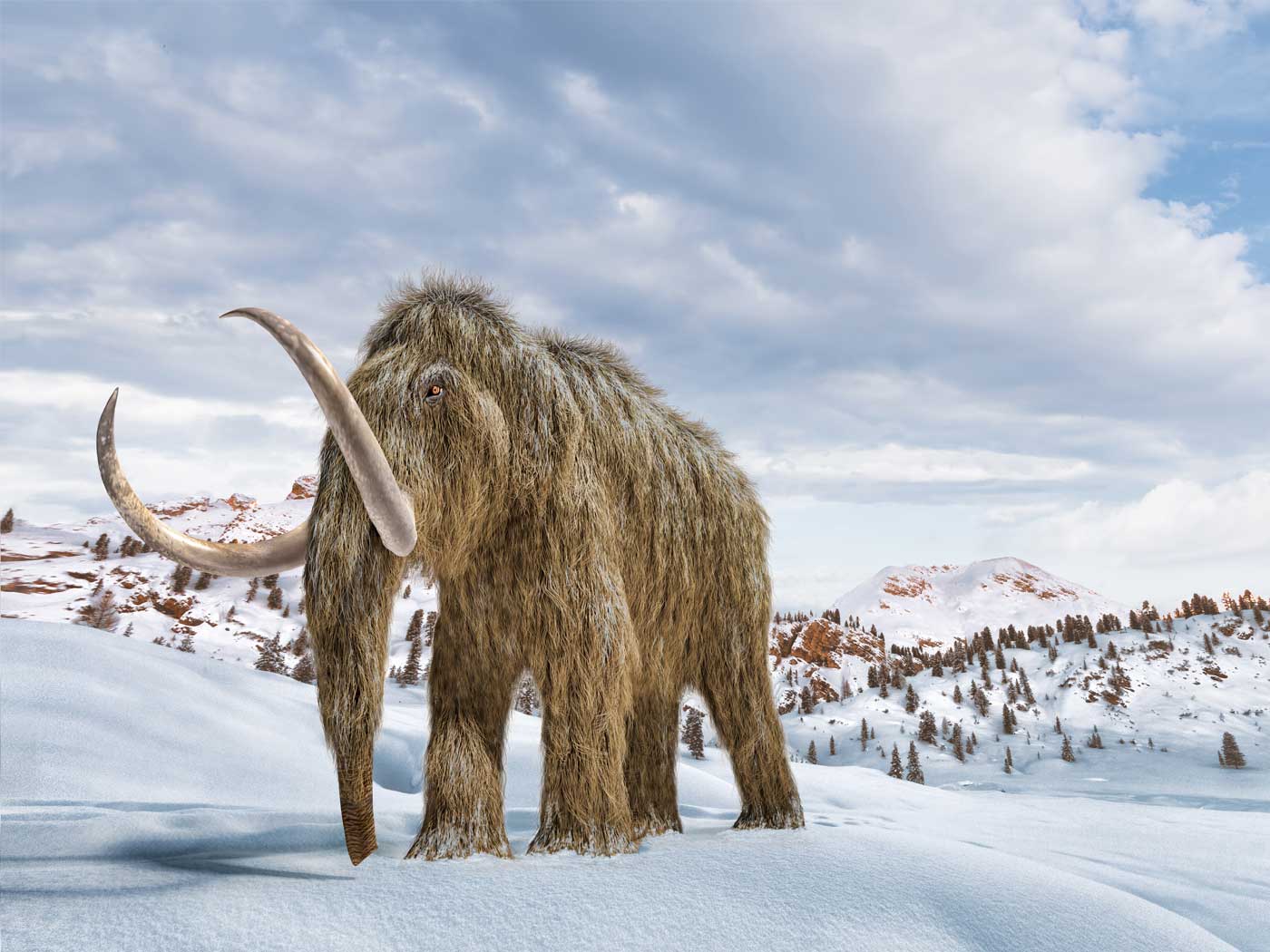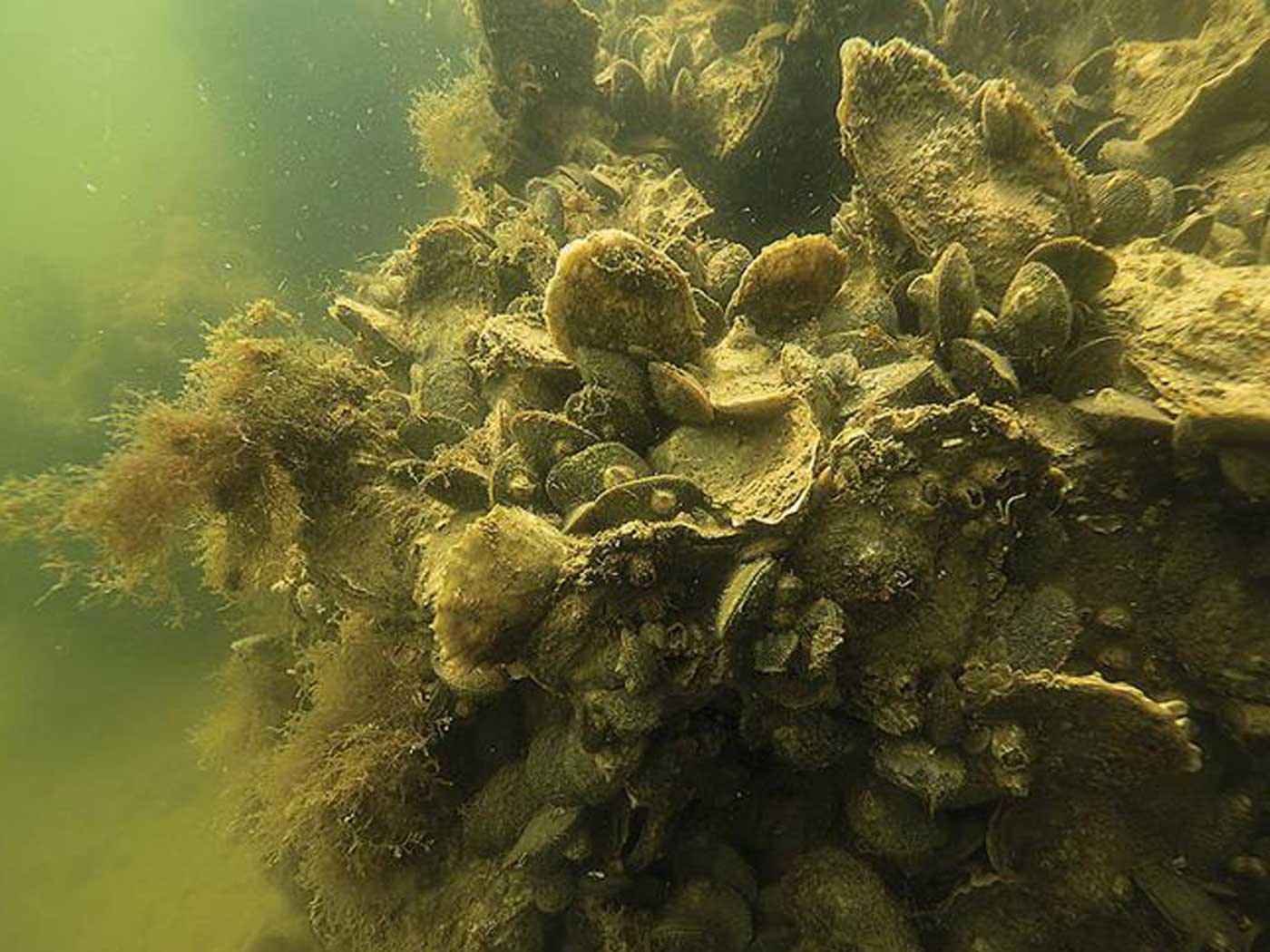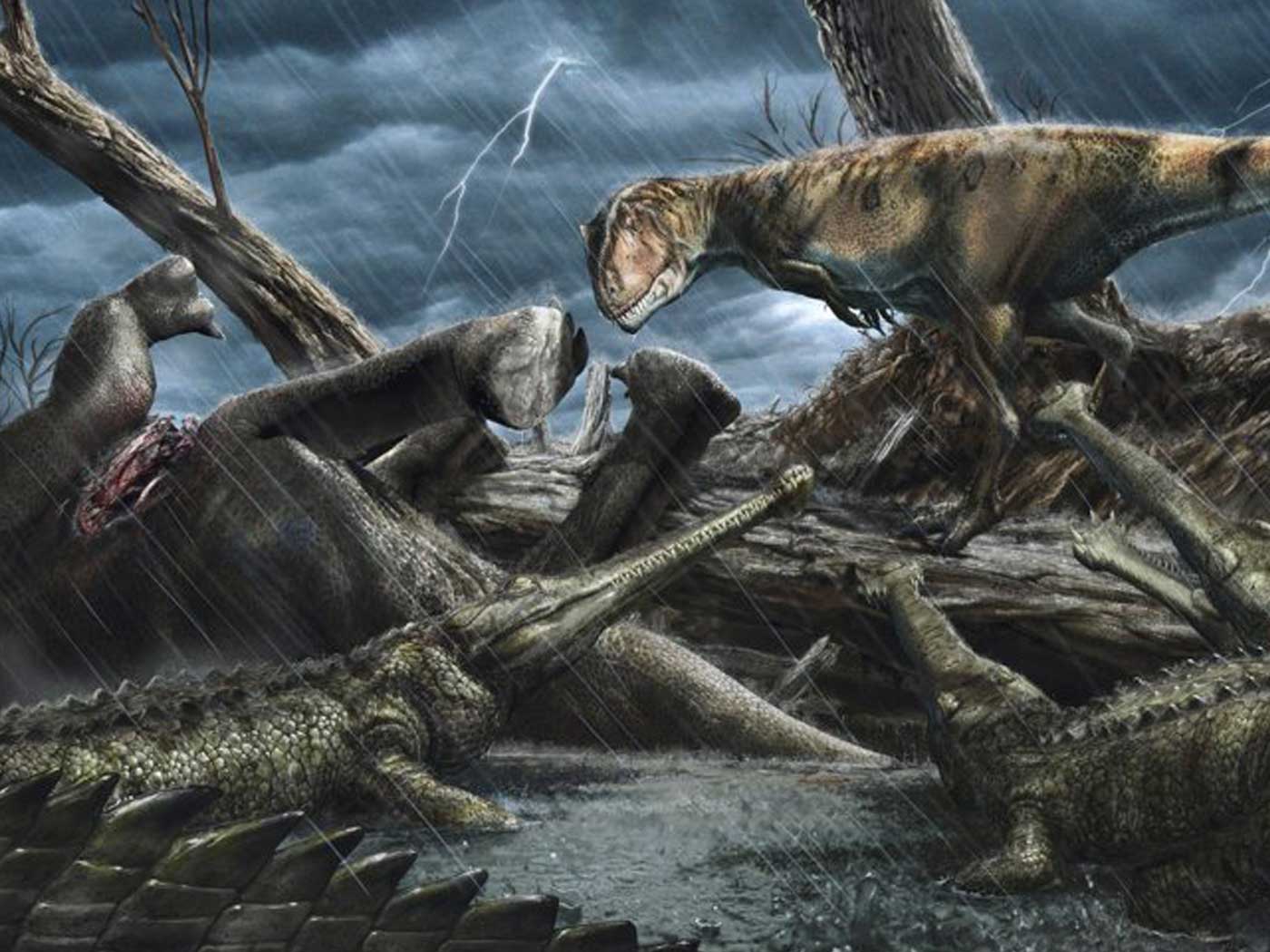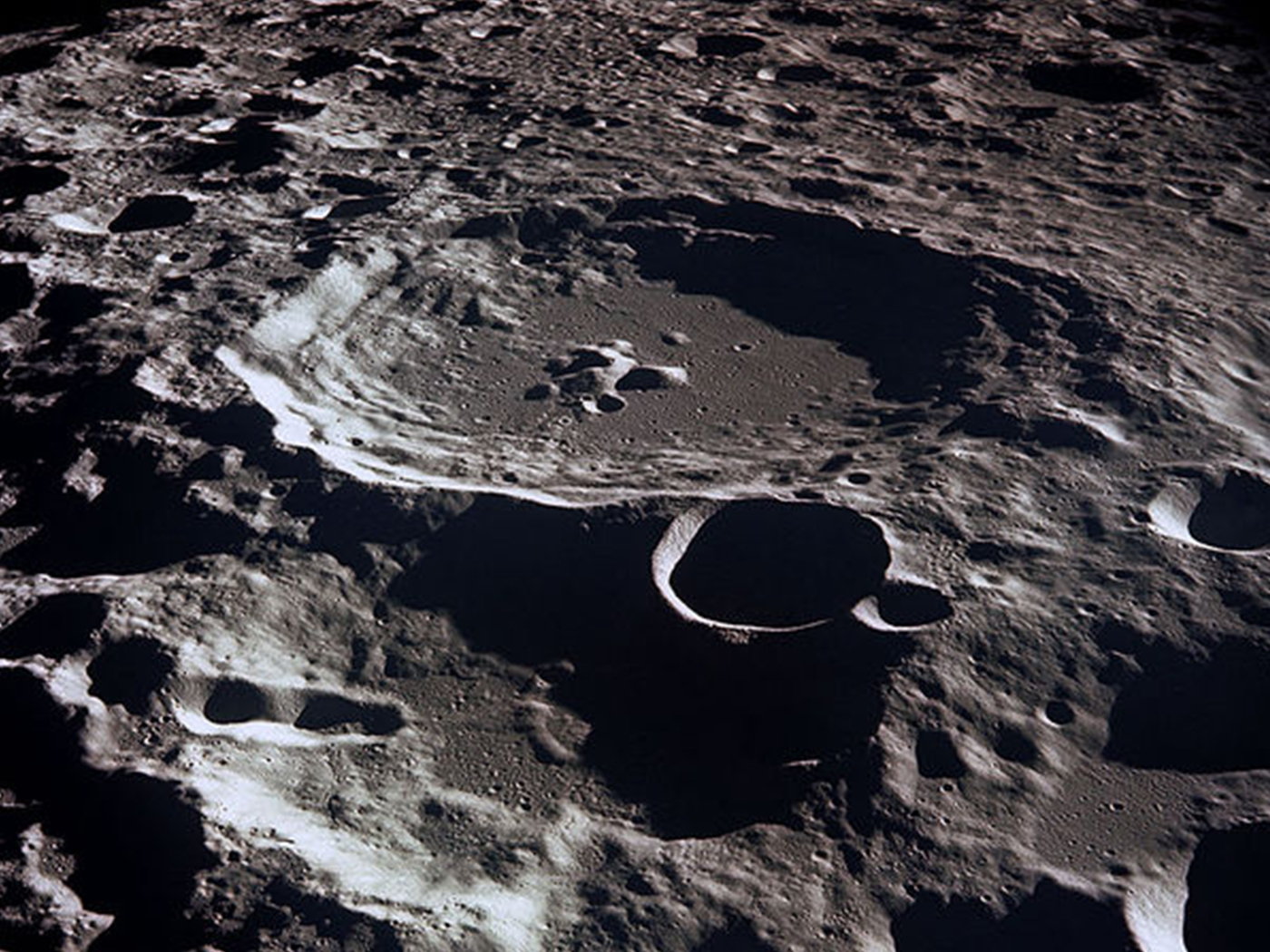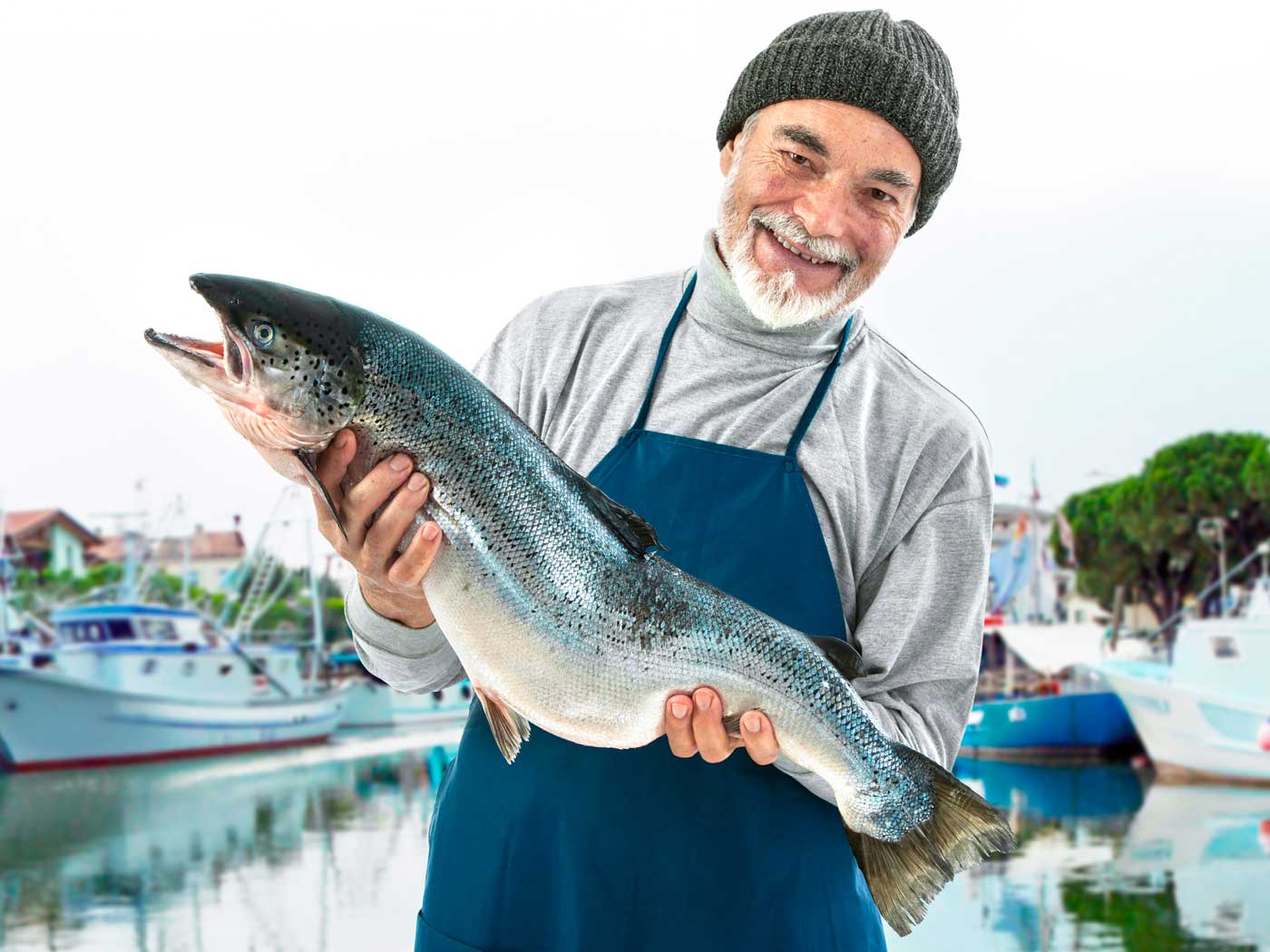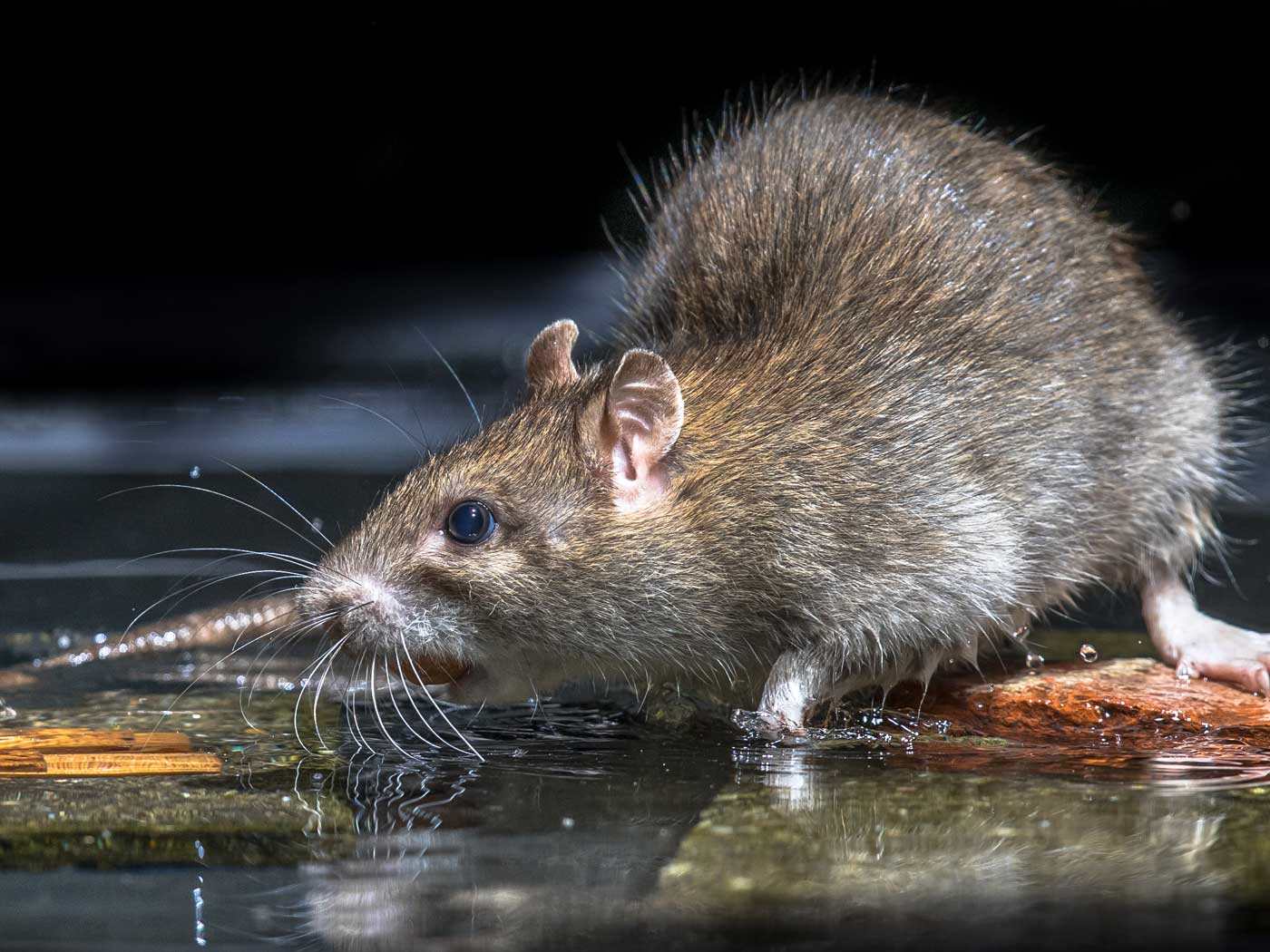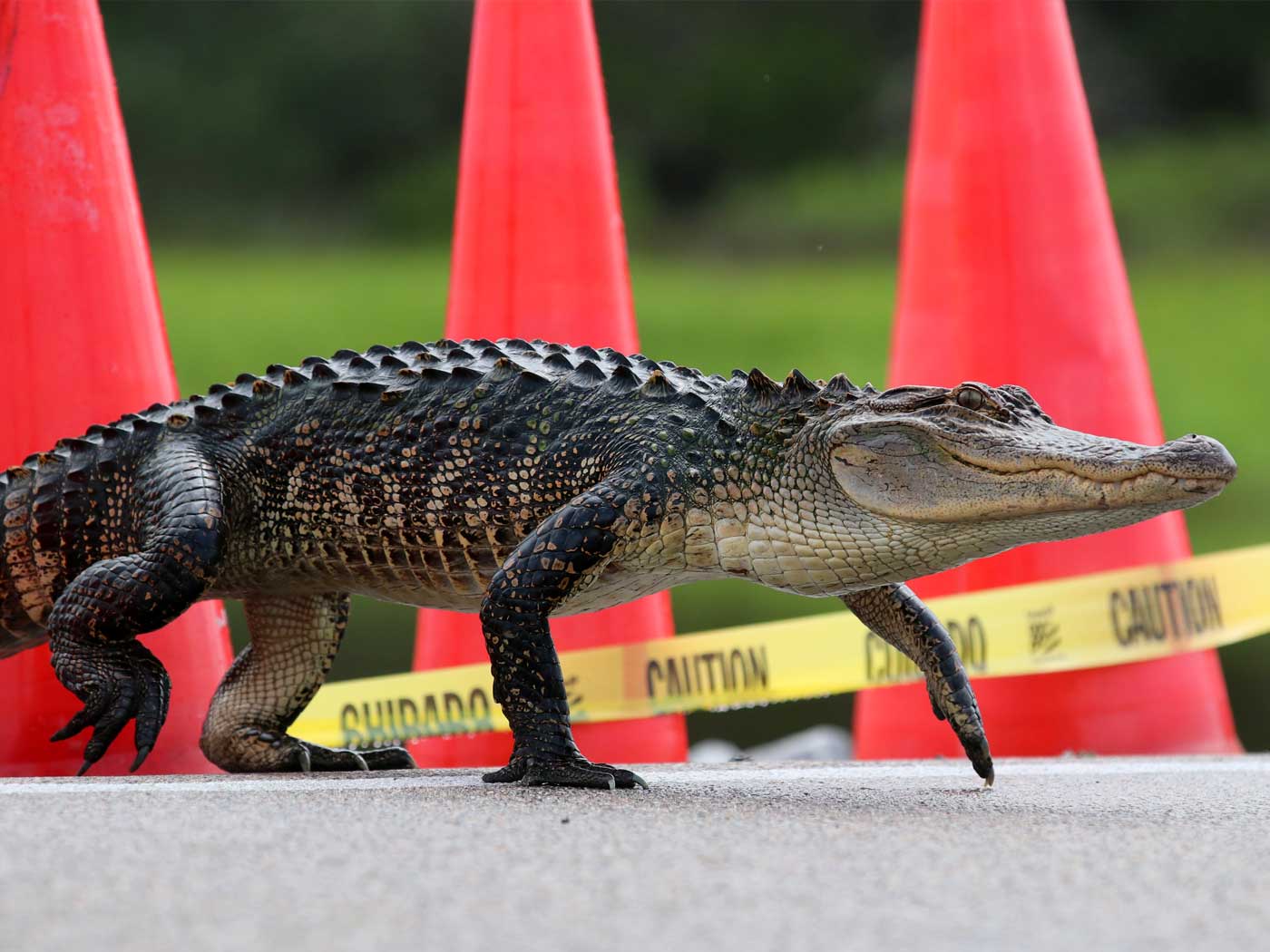This is nothing new. As May approaches, this is a repeat of what happened last spring, and the spring before that, with a regularity that reminds us of the predictable seasons and lunar cycles promised in Genesis.2 The crabs arrive!
The world’s largest spawning population of horseshoe crabs occurs in Delaware Bay. During high tide, horseshoe crabs migrate from deep water to beaches to spawn. The female digs a nest in the sand and deposits between 4,000 and 30,000 eggs that the male will fertilize with sperm. A single [female] crab may lay 100,000 eggs or more during a season.
Horseshoe crab spawning begins in late April and runs through mid-August, although peak spawning in the mid-Atlantic takes place May 1 through the first week of June.3
Horseshoe crab spawning begins in late April and runs through mid-August, although peak spawning in the mid-Atlantic takes place May 1 through the first week of June.3
But it’s not just crawling crabs that arrive in late April and afterward.
For migratory birds, springtime is busy—often dominated by travel. Long migrations require stopovers for food and rest, then it’s takeoff time—resuming air travel until nesting grounds up north are reached and settled.
Every spring two huge animal migrations congregate on the shores of Delaware Bay for different purposes. Millions of horseshoe crabs arrive to spawn and lay their eggs in the warming beach sand. At the same time, hundreds of thousands of migratory shorebirds on their way to the Arctic stop long enough to gorge themselves on the crab eggs. Today this gathering of millions of animals is considered [by some ecologists] one of the top ten environmental phenomena on the planet. … [showcasing] the ecology of the horseshoe crab/shorebird phenomenon, the work of the researchers, and the public’s interaction with this world-class gathering.1
Because of these recurring patterns, migratory birds can depend on food being conveniently available when they migrate northward in the spring. In effect, “fast food” on the beach is a “convenience store” for famished feathered fliers.
For example, consider how the annual egg-laying (and egg-burying) activities of horseshoe crabs perfectly synchronize with the hunger of migratory shorebirds (e.g., red knots, turnstones, and sandpipers) that stopover on bayside beaches, for “fast food,” right where huge piles of crab eggs have just been deposited (and where some have been uncovered by tidewaters).
No need to worry about the birds eating too many crab eggs! The egg-laying is so prolific (about 100,000 eggs per mother) that many horseshoe crab eggs are missed by the migratory birds, thus becoming the next generation of horseshoe crabs. Plus the birds mostly eat the prematurely surfacing eggs that are less likely to succeed in life anyway!
Timing is everything. Each spring, shorebirds migrate from wintering grounds in South America to breeding grounds in the Arctic. These birds have some of the longest migrations known. Delaware Bay is the prime stopover site and the birds’ stop coincides with horseshoe crab spawning. Shorebirds like the red knot, ruddy turnstone and semipalmated sandpiper, as well as many others, rely on horseshoe crab eggs to replenish their energy reserves before heading to their Arctic nesting grounds.3
But why don’t the turnstones, red knots, and other migratory birds just eat a lot of bugs in lieu of all those horseshoe crab eggs deposited in the tide-washed muddy sands of the Delaware Bay shoreline?
The birds arrive in the Arctic before insects emerge. This means that they must leave Delaware Bay with enough energy reserves to make the trip to the Arctic and survive without food until well after they have laid their eggs. If they have not accumulated enough fat reserves at the bay, they may not be able to breed.3
Why do they crowd together on the beaches of Delaware Bay? They all seem to be responding to the same “alarm clocks”—and, actually, they are. The perfect timing works because both the crabs and the migratory birds pay attention to the moon’s lunar cycles.
At low tide, adult crabs go back into the water but may return at the next high tide. Horseshoe crab spawning increases on nights with a full or new moon, when gravity is stronger and high tides are even higher. At the same time that migrating shorebirds arrive to rest and feed along Delaware Bay, horseshoe crab activity is high. While the crab buries its eggs deeper than shorebirds can reach, waves and other horseshoe crabs expose large numbers of eggs. These surface eggs will not survive, but they provide food for many animals. The shorebirds can easily feed on eggs that have surfaced prematurely.3
Amazing! What a sight to see!
As the moon goes through its periodic cycle, its gravitational pull causes the high and low tides. This facilitates the uncovering of enough horseshoe crab eggs to satisfy the needs of the migratory stopover shorebirds that pass through Delaware Bay.2
Notice how the moon provides a phenological regulation. The moon is physically ruling and correlating the interaction of the horseshoe crabs, the migratory shorebirds, and the bay’s tidewaters—all in accordance with and illustrating Genesis 1:16-18.2
In a world of turbulent change there are some things that, because God has so chosen it to be that way, changeth not.
References
1. Delaware Museum of Natural History. 2020. May on the Delaware Bay: Horseshoe Crabs and Shorebirds. Posted on delmnh.org, accessed April 23, 2020. The museum’s website warns, “Because of the closure of many beaches and local wildlife areas due to the coronavirus pandemic, places normally available for public viewing are currently not accessible.”
2. Genesis 8:22 promised dependably recurring seasons, so spring and fall migrations show phenological patterns. Also, Genesis 1:14-18 promised reliable lunar cycles, which are linked to the timing of horseshoe crabs egg-laying. See Johnson, J. J. S. 2015. The Moon Rules. Acts & Facts. 44(9). Likewise, other crabs, including forest-dwelling red crabs, use lunar cycles in the timing of their annual beach-migration-based reproduction routines. See Johnson, J. J. S. 2011. A Christmas Carol in Four-Part Harmony. Acts & Facts. 40(12):8-10.
3. Reshetiloff, K. 2017. Migratory Birds Shore Up Appetites on Horseshoe Crab Eggs. Chesapeake Bay Journal. 27(3):40.
*Dr. Johnson is Associate Professor of Apologetics and Chief Academic Officer at the Institute for Creation Research.




